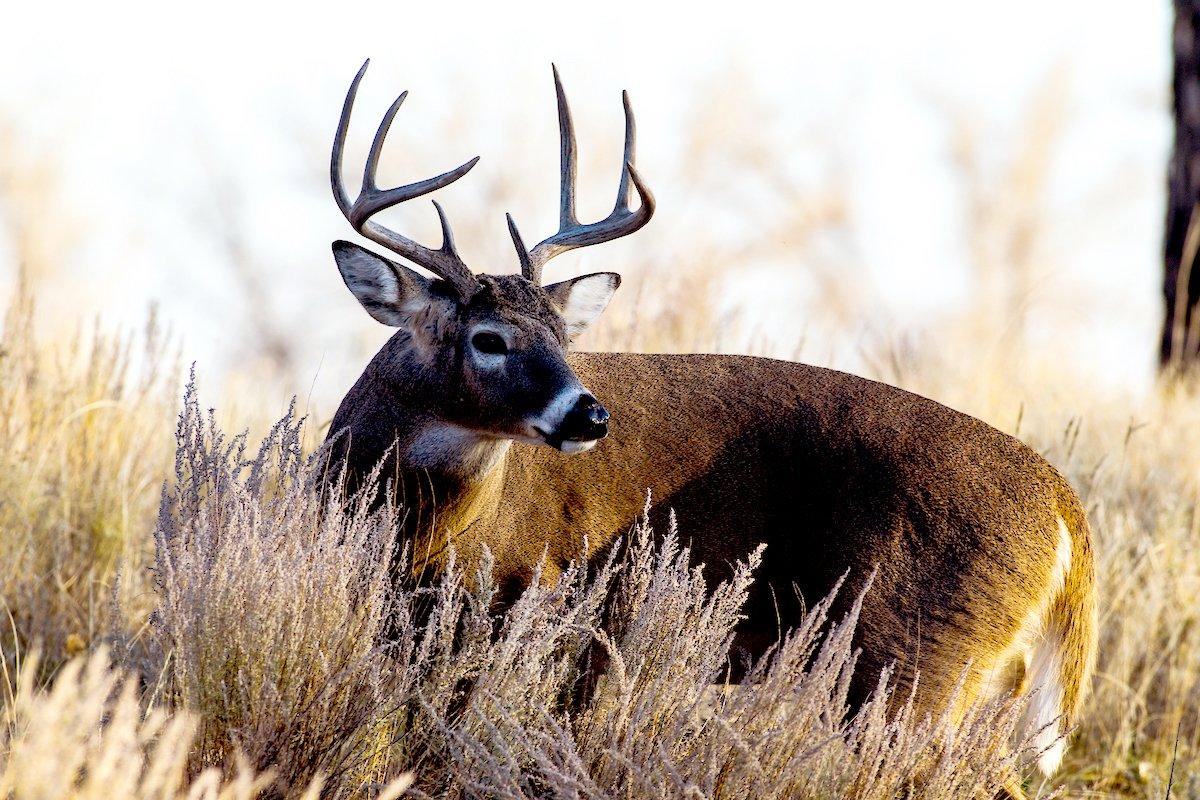Every serious whitetail hunter should experience Texas once, and a management buck is the most economical way to do it
There are two reasons why I love to visit South Texas in January: the weather is wonderful, typically sunny and in the 70s, and there are plenty of big deer running around.
On most ranches in Texas, those bucks are classified as either trophy or management deer. Trophies are bucks with 10- or 12-point racks that have the gaudy potential to grow and score 170 inches or more. The larger trophy bucks grow their racks, the more expensive they are to hunt.
Ranchers and deer managers consider management bucks to be 4-year-old and older animals with limited antler potential. Typically, old bucks with 9 or fewer points that gross score less than 135 inches. These are the type of bucks that I can afford to hunt (the cost of a management hunt is typically a third that of a trophy hunt) and actually enjoy hunting the most.
My latest hunt for an old, antler-challenged buck took place on a low-fence ranch near Brackettville, Texas, a couple hours west of San Antonio. (Low fence, if you're not used to Texas hunting jargon, just means wild, free-range deer.)
I spent the first two days of my hunt sitting in box blinds and glassing and studying as many bucks as I could. If you go on a similar hunt, I recommend you do the same. Glassing racks with 9 points or less that score 120 to 135 is not really a problem. But aging bucks on the hoof, trying to decide if a deer is 4 or 5 years old, is tricky, especially in the January post-rut when bucks are thin and run down, having lost as much as 20 percent of their body weight from chasing and breeding does back in peak rut in December.
I glassed and observed more than 30 nice bucks in two days, and with eight of the bucks I struggled with judging their age by body: 3 or 4 or 5 years old? A good problem to have! Seeing more rack bucks in two days than you might see in four or five seasons back home is another great reason you should hunt Texas at least once in your life.
(Don't Miss: Willie Robertson Shoots Giant Arkansas Swamp Buck)
On the third day one of the guides on the ranch texted me a picture of a shooter, one I had not seen yet, but the one I wanted for sure to shoot. He was 5 or 6 years old with a thick if saggy body, and a main-frame 8-point rack that was missing brow tines. If you looked up the definition of management buck in a pictorial dictionary, this would be it.
An hour before dark, he busted out of thick brush and started pushing every doe in sight. This being the post-rut, I did not really expect this much rutting, but it was cool to see. The buck pushed does around for a good 5 minutes before he stopped for a shot.
My 140-grain bullet was on point, and one of the biggest-bodied management bucks I have ever killed was on the ground. If you have never hunted South Texas for a management buck, I encourage you to go in January. It is an entirely different type of hunting than you do back home, a new challenge and one heck of a lot of fun. Oh yeah, and the 70-degree days are nice!
Author's note: Many ranches in South Texas offer management hunts in January and February. One outfit that I can personally vouch for is SOE Hunts, which is headquartered in Uvalde, Texas.








